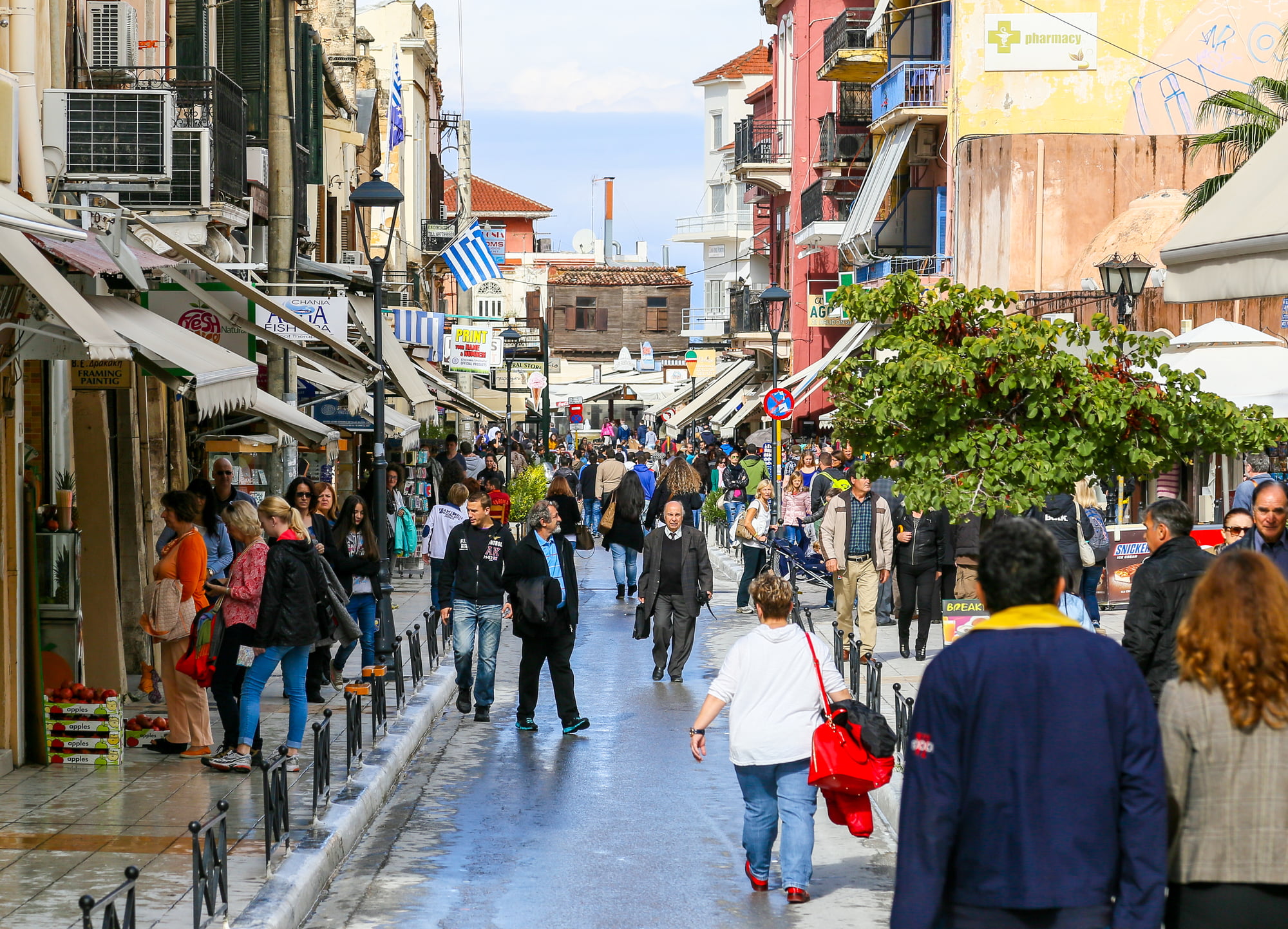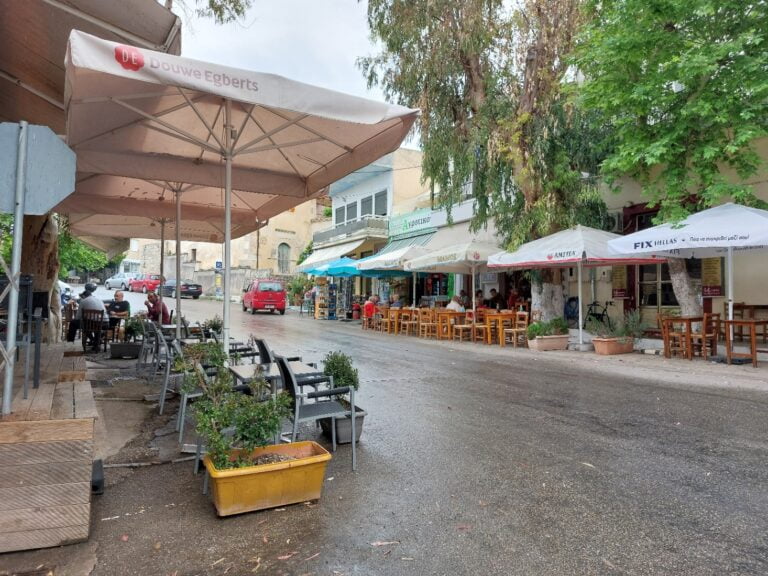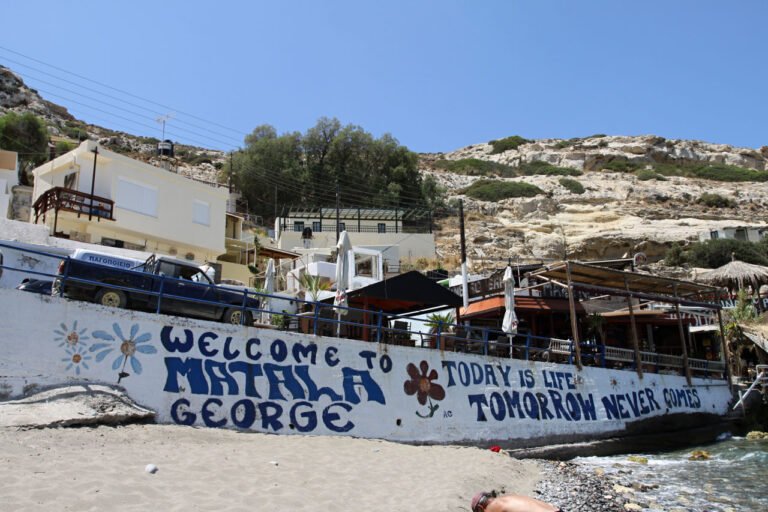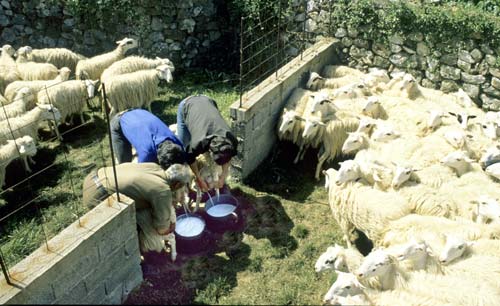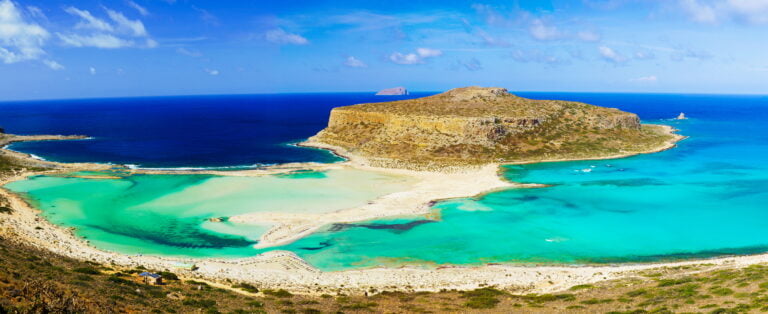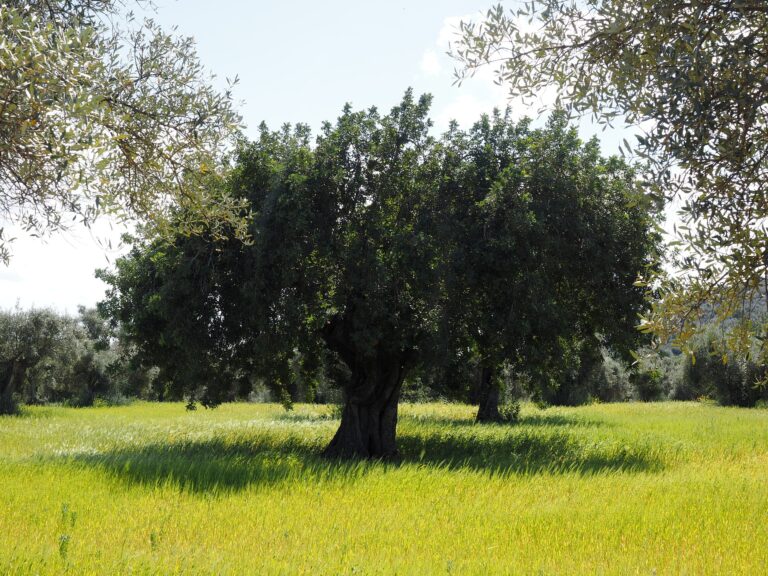The Attractive Modern History of Crete: From 1898 to the Present
Crete, the largest of the Greek islands, has a rich and complex history. Situated at the crossroads of three continents—Europe, Asia, and Africa—Crete has been a melting pot of cultures, religions, and civilisations. While its ancient history is often the focus of scholarly attention, the modern history of Crete is equally fascinating and significant. This article aims to provide an in-depth look at the contemporary history of Crete from 1898 to the present, covering key events, figures, and developments that have shaped the island’s modern identity.
The End of Ottoman Rule (1898)
The late 19th century was a period of intense struggle for Crete as it sought to break free from Ottoman rule, which had lasted for more than two centuries. The island had been part of the Ottoman Empire since 1669, following the fall of Heraklion. The Cretan Revolt of 1897-1898, backed by Greece and international powers, led to the establishment of an autonomous Cretan State under the suzerainty of the Ottoman Sultan.
The Role of International Powers
The Great Powers (Britain, France, Russia, and Italy) played a crucial role in ending Ottoman rule in Crete. They imposed a blockade and pressured the Ottoman Empire to grant autonomy to the island. In 1898, Prince George of Greece was appointed the High Commissioner of Crete, marking the end of direct Ottoman administration.
Union with Greece (1913)
The autonomous period was short-lived, as the desire for “Enosis” (Union) with Greece was strong among the Cretan population. The Balkan Wars (1912-1913) allowed this dream to be realised. After the defeat of the Ottoman Empire and the Treaty of London, Crete was finally united with Greece in December 1913.
Eleftherios Venizelos
One of the key figures in the union was Eleftherios Venizelos, a Cretan statesman who later became the Prime Minister of Greece. His leadership and diplomatic skills were instrumental in achieving the union and shaping modern Greek politics.
World War II and the Battle of Crete (1941): An In-Depth Exploration
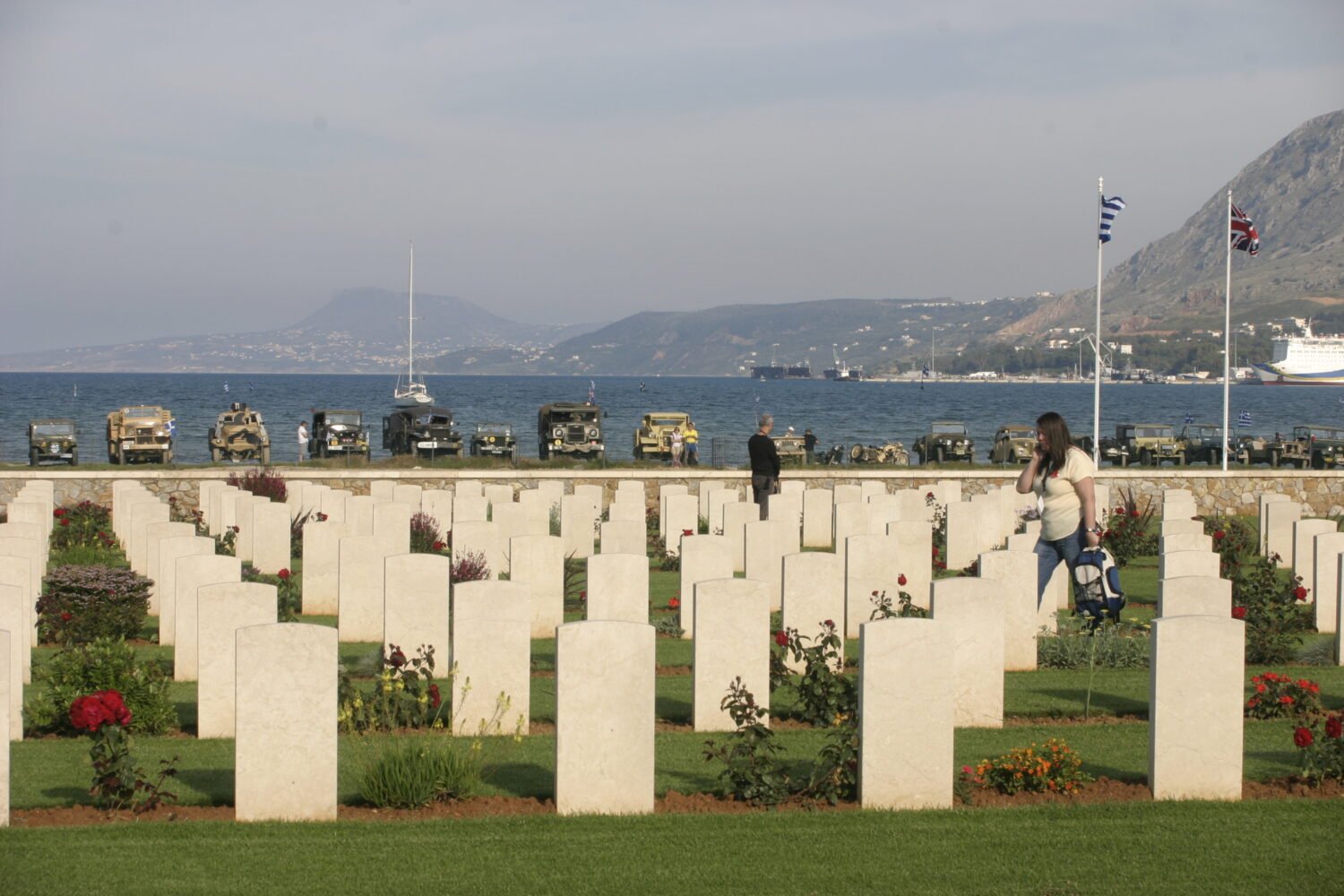
Introduction
The Battle of Crete, which took place in May 1941, is a seminal event in the modern history of Crete and a significant chapter in the broader context of World War II. The island’s strategic location in the Mediterranean made it a coveted prize for the Axis and Allied powers. The battle was unique for several reasons, including the Germans’ extensive use of airborne troops and the spirited resistance by the local Cretan population and the Allied forces. Here, we aim to delve deeper into the intricacies of the battle, the strategies employed, the key figures involved, and the subsequent resistance movement that emerged during the German occupation.
The Strategic Importance of Crete
Crete’s geographical location made it a critical strategic point for controlling the Eastern Mediterranean. The island was vital for naval and air operations, and its capture would give the Axis powers a significant advantage. For the Allies, retaining control of Crete was crucial for safeguarding the Suez Canal and maintaining a foothold in the region.
Prelude to the Battle
After the fall of mainland Greece to the Axis powers in April 1941, the focus shifted to Crete. British, Australian, New Zealand, and Greek troops needed to be better equipped and prepared for the impending invasion garrisoned the island. The German High Command, led by General Kurt Student, devised a plan codenamed “Operation Mercury” to capture Crete using airborne forces.
Operation Mercury: The German Invasion
On the morning of May 20, 1941, German paratroopers (Fallschirmjäger) began landing in Crete, targeting key airfields and strategic points. This was the first time in history that an island was targeted for invasion solely by airborne troops. The initial landings were met with fierce resistance from Allied forces and local Cretans, resulting in heavy casualties for the Germans.
Key Locations and Battles
- Maleme Airfield: The capture of Maleme Airfield was crucial for the Germans to bring in reinforcements. Despite valiant efforts by the Allies, the airfield eventually fell, turning the tide in favour of the Germans.
- Heraklion and Rethymno: These towns also saw intense fighting, but the Germans could only capture them later. However, the fall of Maleme and the arrival of German reinforcements made their capture inevitable.
- Souda Bay: This was another strategic point, and while it remained in Allied hands for a time, the overall German advance made its retention untenable.
The Role of the Cretan Population
The local Cretans played a significant role in resisting the German invasion. Armed with whatever weapons they could find, including old rifles and farm tools, they ambushed German troops, provided intelligence to the Allies, and assisted in evacuations. Their involvement was not only a matter of defending their homeland but also a demonstration of their desire for freedom and self-determination.
The Fall of Crete
Despite the initial setbacks, the Germans gained control of critical areas, and by the end of May, Crete was in Axis hands. The loss was a significant blow to the Allies and led to reevaluating their Mediterranean strategy.
The Cretan Resistance: An Unyielding Spirit
The fall of Crete was not the end but the beginning of a new phase of struggle against the Axis occupation. During World War II, the Cretan resistance was one of Europe’s most effective guerrilla movements.
Guerrilla Warfare
The resistance fighters, known as “andartes,” used their intimate knowledge of the mountainous terrain to their advantage. They carried out hit-and-run attacks on German convoys, disrupted communications, and sabotaged installations.
Espionage and Intelligence
The Cretans also engaged in gathering intelligence, often at significant personal risk. One of the most famous espionage events was the kidnapping of General Heinrich Kreipe, orchestrated by British Special Operations Executive (SOE) agents Patrick Leigh Fermor and William Stanley Moss, with the help of local resistance fighters.
Support from the Allies
The British supported the resistance intermittently through arms drops and intelligence sharing. The SOE was particularly active in aiding the Cretan resistance.
Reprisals and Atrocities
The German forces often responded to resistance activities with brutal reprisals, including mass executions and the destruction of villages. Despite this, the resistance continued unabated, drawing inspiration from their rich history of struggle against foreign occupation.
Post-War Reconstruction and Development
After the war, Crete faced the daunting task of reconstruction. The Marshall Plan aid and the tourism boom in the 1960s and 1970s significantly affected the island’s economic recovery.
Modernisation and Tourism in Crete: A Comprehensive Analysis
One of the most notable changes has been the rise of tourism as a critical economic driver, alongside substantial infrastructural development. Here, we look into the intricacies of Crete’s modernisation and the tourism industry, examining how they have shaped and continue to influence the island’s economy, society, and landscape.
The Genesis of Tourism in Crete
Post-War Recovery
After World War II, Crete, like much of Europe, faced the daunting task of rebuilding its economy and infrastructure. The Marshall Plan provided some relief, but the advent of mass tourism in the 1960s and 1970s catalysed Crete’s economic transformation.
The Role of Government and Private Sector
The Greek government and private entrepreneurs recognised the island’s potential as a tourist destination. Initial investments were made in building basic accommodations and promoting Crete’s historical sites, beaches, and unique culture.
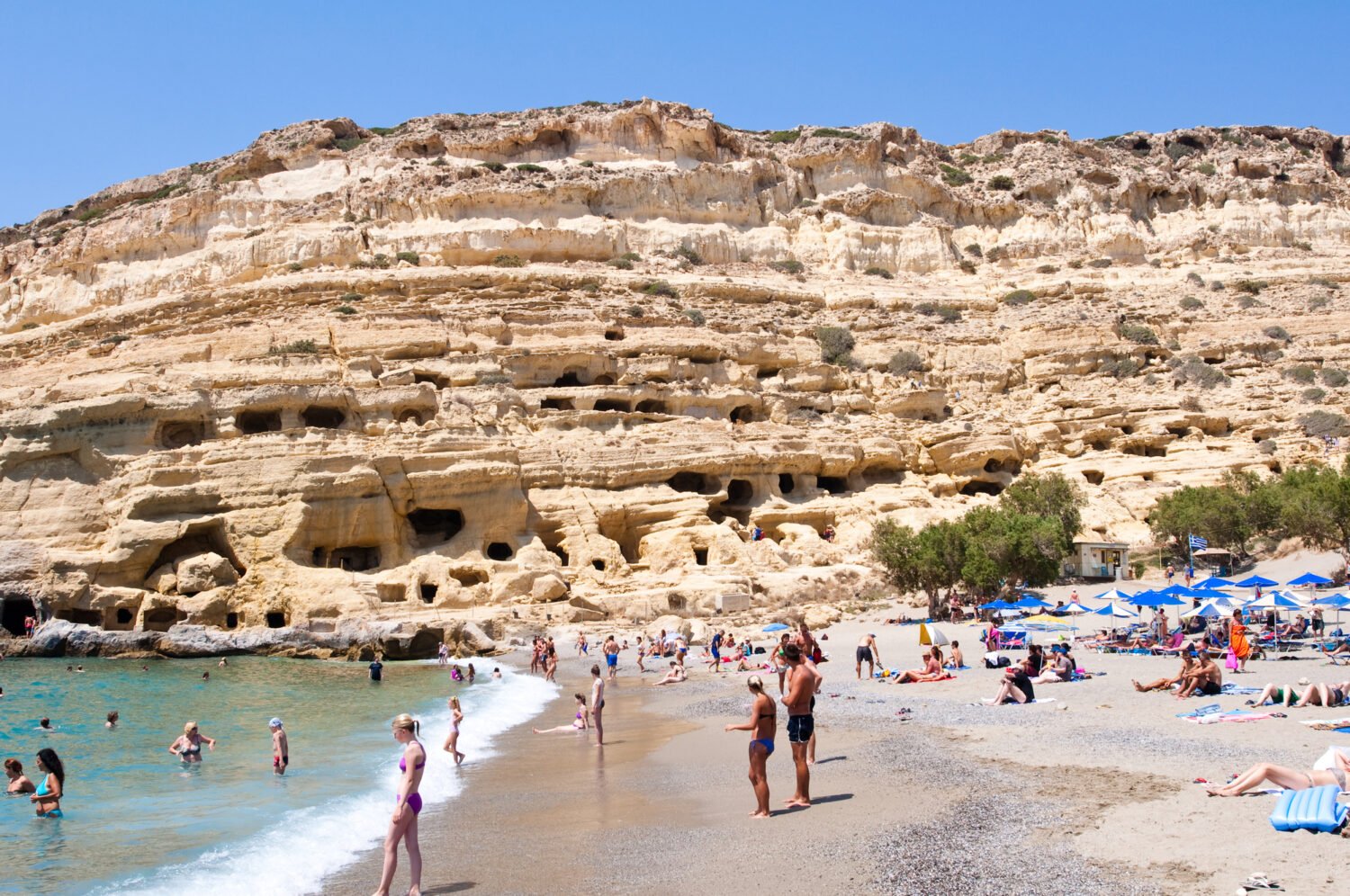
The Tourism Boom
Growth in Visitor Numbers
From the 1980s onwards, Crete saw an exponential increase in tourist arrivals. Today, the island attracts millions of visitors yearly, making it one of the most popular destinations in Greece and the Mediterranean.
Diversification of Tourism
Crete’s tourism industry has diversified over the years to include various forms of tourism:
- Beach Tourism: The island’s pristine beaches are a significant draw.
- Cultural Tourism: The rich history and archaeological sites attract those interested in heritage.
- Adventure Tourism: The rugged landscapes offer hiking, mountain biking, and water sports opportunities.
- Agrotourism: The island’s agricultural heritage is being showcased through farm stays and culinary experiences.
Infrastructural Development
Airports
Crete is served by two international airports: Heraklion and Chania. These airports have undergone significant upgrades to handle the increasing number of international flights.
Highways and Roads
The island has seen considerable investment in its road network, including the construction of the National Road that connects crucial cities and tourist destinations.
Ports
Crete’s ports, particularly Heraklion and Souda, have been modernised to accommodate larger cruise ships and facilitate more accessible transportation of goods.
Public Transport
The development of efficient public transport systems, including buses and taxis, has made it easier for tourists to explore the island.
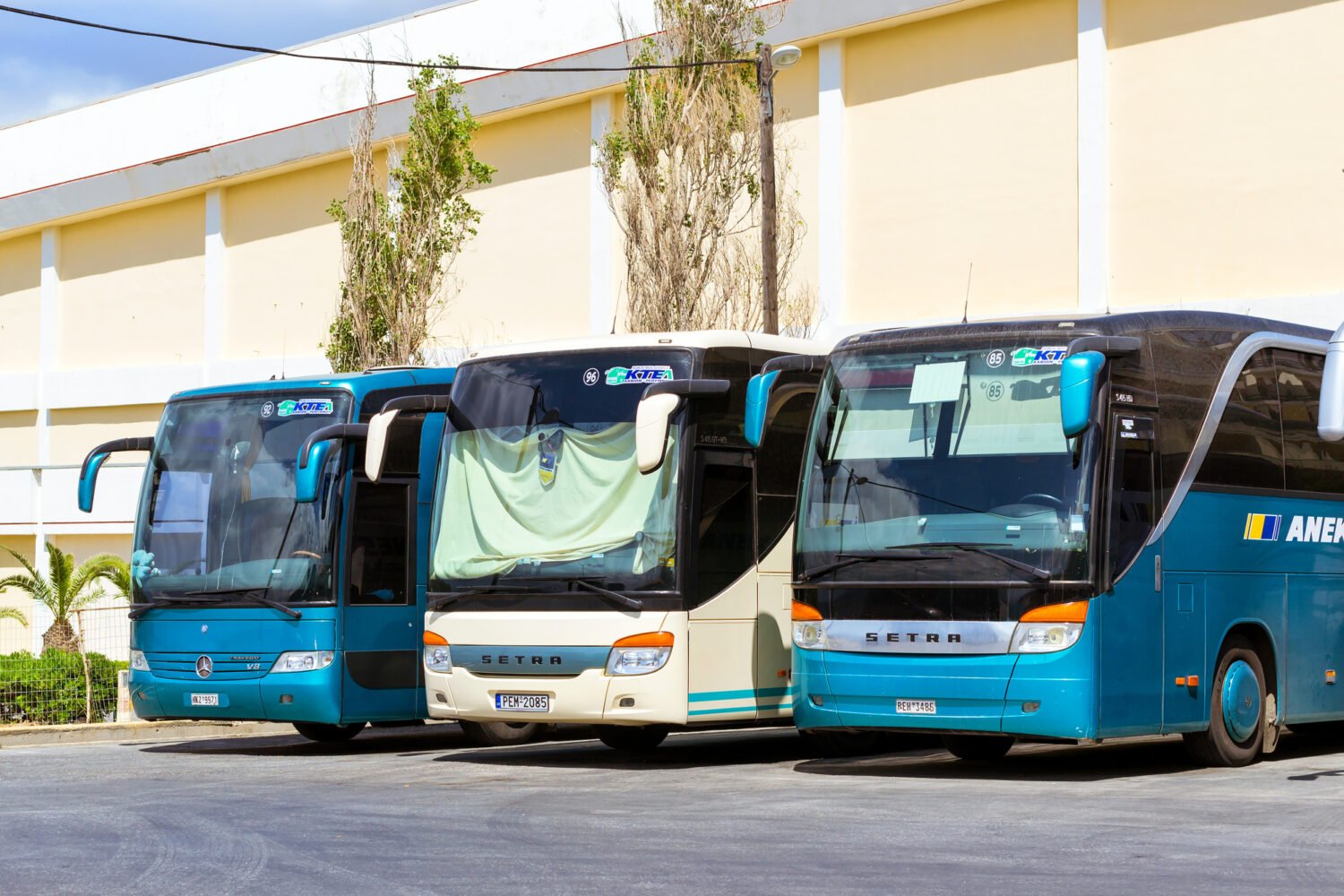
Economic Impact
Job Creation
The tourism industry is a significant employer, providing jobs in hotels, restaurants, tour operations, and other service sectors.
Revenue Generation
Tourism is a significant source of revenue, not just for the local economy but also for the Greek state through taxation.
Real Estate and Construction
The demand for accommodations and amenities has led to a construction and real estate boom.
Social and Environmental Impact
Cultural Preservation and Commercialisation
While tourism has helped preserve local culture and traditions, it has also led to some degree of commercialisation.
Environmental Concerns
The increase in tourism has raised concerns about environmental sustainability, leading to initiatives promoting eco-friendly tourism.
Sustainable Tourism
There is a growing emphasis on sustainable tourism, environmental conservation and community engagement.
Technological Advancements
Technology, including digital marketing and online booking platforms, is increasingly important in attracting a global audience.
Contemporary Crete
Today, Crete is a modern European region, part of the Greek state, and a member of the European Union since 1981. It has a diverse economy, including agriculture, services, and technology sectors. The island is also a research and higher education centre, with the University of Crete and the Foundation for Research and Technology playing leading roles.
The Cultural Identity of Crete: A Tapestry of Tradition and Modernity
Crete is a compelling example of how a community can embrace the new without losing touch with its roots. The island’s cultural identity combines ancient traditions, folk practices, and modern influences. This article explores the various facets of Cretan culture, from its music and dance to its cuisine and traditions, and how these elements have survived and thrived in the face of modern challenges.
The Cretan Lyra
The Cretan lyra is more than just a musical instrument; it symbolises Cretan identity and history. Originating in the Byzantine period, the lyra has evolved over the centuries but has always remained central to Cretan music. It is a bowed instrument, usually with three strings, played in various social settings, from festivals to intimate gatherings.
Mantinades
Mantinades are improvised folk couplets that are often accompanied by the lyra. These poetic verses can be humorous, romantic, or reflective, and they capture the Cretan spirit uniquely. Mantinades are a popular form of expression at social events and are often used to convey messages, sentiments, or even social commentary.
Rizitika
Rizitika are traditional mountain songs that originated in the rugged terrains of western Crete. These songs are usually performed in a cappella or with minimal instrumentation and are deeply rooted in the experiences and challenges of mountain life. They often tell stories of love, loss, and resistance.
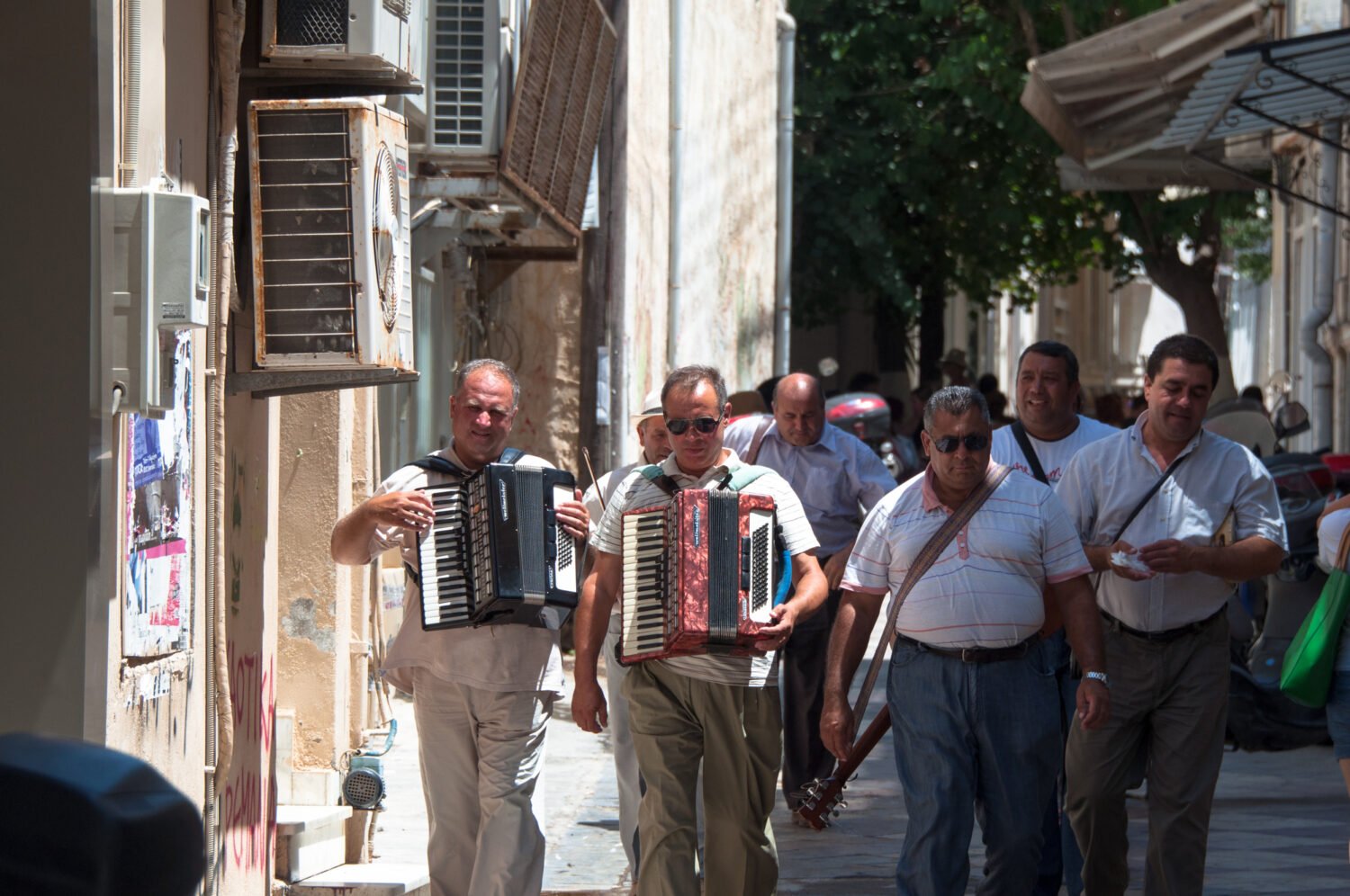
Dance: The Rhythm of the Island
Cretan dances are an integral part of the island’s cultural fabric. They are not just performances but communal activities that bring people together. Some of the popular dances include:
- Pentozali: A vigorous dance often performed by men, symbolising bravery and resistance.
- Siganos: A slower, more graceful dance usually performed by couples.
- Sousta: A lively dance that involves a lot of jumping and is often performed at weddings and festivals.
Cuisine: A Taste of Crete
Cretan cuisine is a testament to the island’s rich agricultural heritage and Mediterranean location. It is characterised by using fresh, local ingredients like olive oil, herbs, vegetables, and grains. Some iconic dishes and food items include:
- Dakos: A traditional dish made of soaked dried bread or barley rusk topped with chopped tomatoes and cheese.
- Moussaka: A layered dish made with eggplant, minced meat, and béchamel sauce.
- Raki: A strong alcoholic drink that is often homemade and is a staple in social gatherings.
Traditions: The Threads of Continuity
Crete has many traditions that mark various life events, seasons, and religious observances. For example:
- Easter Celebrations: Easter is a significant event in Crete, characterised by unique customs like the “burning of Judas” and special Easter foods like lamb and “kalitsounia” (sweet cheese pies).
- Name Days: Celebrating the feast day of the saint one is named after is often considered more important than celebrating one’s birthday.
- Wedding Customs: Cretan weddings are elaborate affairs involving traditional music, dance, and rituals passed down through generations.

The Balance of Modernity and Tradition
Despite the influx of modern influences, including technology and globalisation, Crete has retained its unique cultural identity. This is evident in the way traditional music is now often fused with modern genres or how traditional recipes are given contemporary twists. The island’s festivals, too, blend the old and the new, attracting both locals and tourists. The cultural identity of Crete is a fascinating blend of ancient traditions and modern influences.
From the soul-stirring strains of the lyra to the poetic beauty of mantinades, from the communal joy of dance to the culinary delights that speak of the island’s bounty, Crete offers a cultural richness that is both timeless and timely. This ability to honour the past while embracing the future makes Crete’s cultural landscape unique.
The island’s culture is not static but a dynamic, evolving construct that adapts to changing times while staying rooted in tradition. As Crete continues to navigate the complexities of modern life, its cultural identity serves as both an anchor and a compass, guiding it through the challenges and opportunities that lie ahead.By understanding the depth and diversity of Crete’s cultural identity, we gain a fuller appreciation of the island as a living, breathing mosaic of human experience and expression. This enriches our understanding of Crete and our broader perspective on how cultures can evolve and adapt without losing their essence.
Table of Contents
Views: 103

